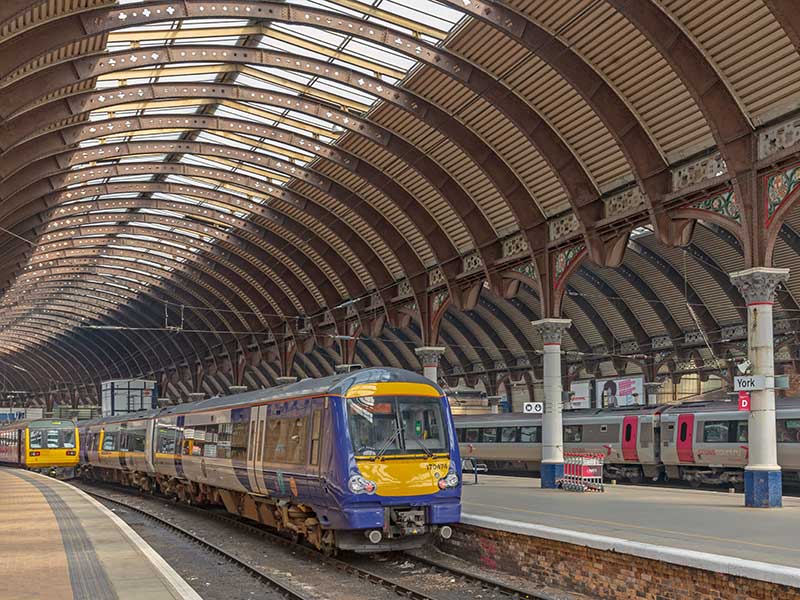
Dr Simon Blainey

In recent years there have been a number of proposals to build new rail stations in the UK but there has not been a consistent or easy way to assess the expected passenger usage for such stations.
At the University of Southampton we have been undertaking research for a number of years into the development of models to predict the demand for new rail stations at any point in Great Britain.
Two years ago we reached the point where we had quite a sophisticated model but this could only be run by the researchers who developed it and required a lot of manual interventions and compute power. This meant it was very time-intensive to use and very dependent on one person (my colleague, research fellow Dr Marcus Young).
Faster and more accurate modelling
We have now managed to automate our model in DAFNI so it can run based on a set of initial inputs with no further user intervention. These inputs are entered using an easy to use visual interface in DAFNI, meaning that non-expert users can run the model.
Whereas previously it would take around one day to model one station; we can now run a scenario in less than an hour for multiple stations.
We are still a little restricted as access to DAFNI is not yet available to everyone but we can do a demand forecast very quickly and easily on request. In the future, key stakeholders will be able to do this for themselves. Potential users of this model include Network Rail, train operators, local, regional and national governments, the Department for Transport, and rail user groups who want to promote stations in their area.
We have already carried out demand forecasting for the Welsh Government and we have made use of Transport Scotland data to calibrate the models. These models are also being used as part of the Infrastructure Transitions Research Consortium (ITRC) analysis of the East West Corridor.
The model can provide a quick first cut estimate of the potential usage level at a station which would otherwise require commissioning a bespoke one-off study which would be much more costly and potentially less accurate.
Benefits of this approach
As far as we are aware this model provides the only generalised and transferable methodology for forecasting demand for new railway stations in Great Britain.
Demand forecasting has been done over the years by various bodies but the accuracy of these forecasts has often been poor. Our model forecasts get closer to actual reality than alternative methods the majority of the time.
There were around 25 stations opened during the period 2014 to 2018 in England, Wales and Scotland at a cost of between £5m and £10m each, dependent on the characteristics of the station. This represents a significant investment. Our model means that local authorities and rail franchises can do a quicker feasibility study and assessment, providing them with reassurance that they are spending time and money wisely on putting together a business case and enabling them to ensure the right stations are built in the right place.
With this new model we can investigate the percentage or number of new trips ‘abstracted’ or taken away from stations nearby by looking at station choice decisions. This allows us to estimate the proportion of users at the rail station who are likely to be completely new to rail, and to identify the probability of people from different areas choosing the new station.
Previous models of this type have not usually considered which station people are likely to choose, so the fully integrated station choice and demand model is a first.

Further reading:
Young, M., & Blainey, S. P. (2018). Development of railway station choice models to improve the representation of station catchments in rail demand models. Transportation Planning and Technology, 41(1), 80-103. DOI: 10.1080/03081060.2018.1403745, https://eprints.soton.ac.uk/415843/
Young, M. (2017). Development of integrated demand and station choice models for local railway stations and services. Paper presented at AET European Transport Conference 2017, Barcelona, Spain. https://eprints.soton.ac.uk/414263/
